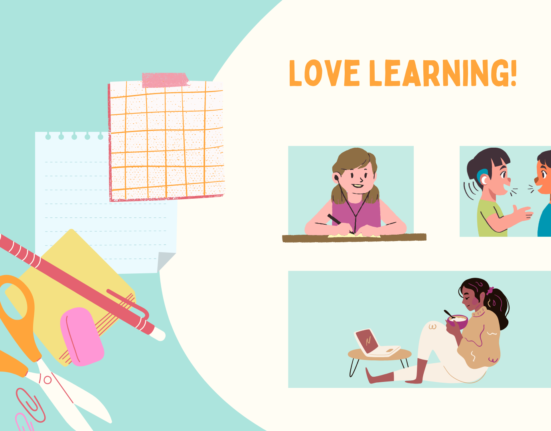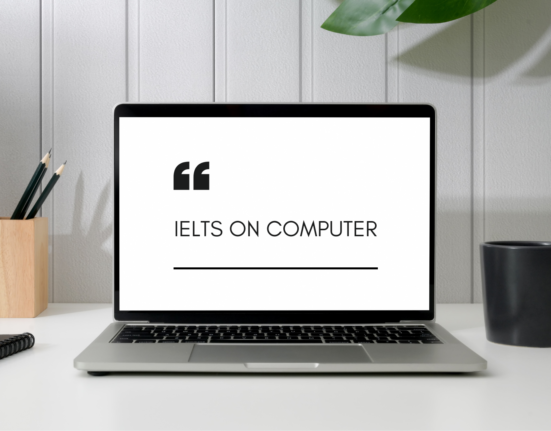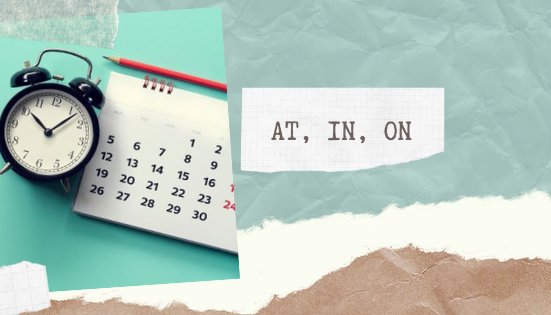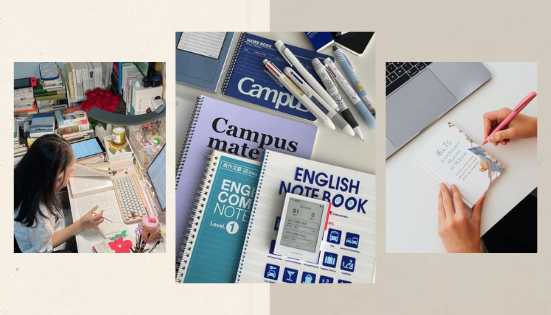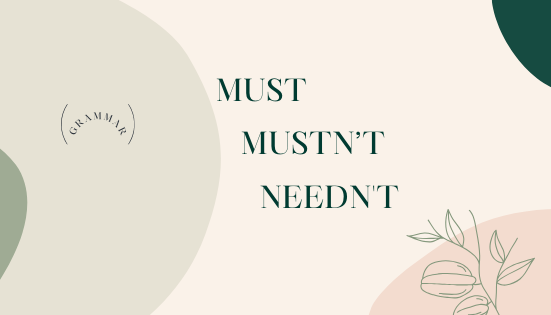When you use two verbs together the form of the second verb depends on the first verb. The second verb can be the to-infinitive without to, or -ing.
⚠️Many verbs can also be followed by a that-clause e.g. recommend, suggest, tell
1. Verb + to-infinitive
Some verbs are followed directly by the to-infinitive and do not need an object:
agree, aim, appear, arrange, attempt, be able, be likely, claim, decide, deserve, fail, hope, learn, manage, offer, plan, promise, refuse, seem, tend, try
Was animal care something you always hoped to do?
I decided to do an animal management course during my last year at school.
Some verbs are always followed by an object + to-infinitive:
advise, allow, encourage, force, get, persuade, remind, teach, tell, warn
This course has taught me to respect all animals and overcome my fears. (not This course has taught to respect all animals).
I just told him to be quiet.
Get is used with an object + to-infinitive when it means persuade or make:
If you want to get your teachers to notice your work you should make sure you hand it in on time.
Some verbs can be used with or without an object + to-infinitive”
ask, choose, dare, expect, help, intend, need, prefer, prepare, want
I didn’t want to touch the snakes.
They wanted us to touch the snakes.
2. Verb (+ preposition) + -ing
Some verbs are followed by -ing:
avoid, approve of, can’t help, can’t stand, carry on, consider, deny, don’t mind, enjoy, feel like, finish, give up, imagine, include, insist on, involve, keep, mention, mind, practise, put off, recommend, resist, suggest, think of/about
I prefer dealing with the customers but I don’t mind cleaning out the animals and feeding them.
We‘ve practised handling animals.
When a verb is followed by a preposition (except to) then the following verb is alwas -ing:
I was thinking about doing another course.
3. Verb + to-infinitive or -ing
Some verbs are followed by either to-infinitive or -ing with little difference in meaning:
attempt, begin, bother, continue, hate, like, love, prefer, start
I’ve started working at a pet shop. (= I’ve started to work at a pet shop.)
I like feeding the animals. (= I like to feed the animals.)
⚠️ Would like/ would love/ would prefer are followed by the to-infinitive:
I‘d really like to work in either a zoo or a safari park.
I’d prefer to stop studying for a while
Some verbs mean something different when they are followed by the to-infinitive or -ing:
Forget, go on, need, remember, stop, try
| verb | + to-infinitive | +-ing |
| go on | one action follows another: After university she went on to get a job as a vet. (= she finished university and then she got a job as a vet) | an action is repeated or continued: she went on talking even though the film had started. (= she continued talking) |
| remember | you remember before you do the action: As long as you remember to do what you’ve been told, it’s fine. (= 1 remember 2 do what you’ve been told) | You remember after doing the action: I remember feeling really scared. (= 1 I felt scare 2 I remembered that feeling). |
| forget | the action did not happen: I forgot to post my application form. (= I didn’t post it) | the action happened: I’ll never forget meeting you that cold winter’s day. (= we did meet) This form is usually in the negative. |
| stop | there are two actions and the first stops so that the second can begin: I stopped to ask the way. (= I stopped and then I asked) | there is one action which stops: I’m going to stop studying for a while. |
| try | make an effort to do something. You may not always be successful: I try to find out why he’s barking. | experiment with doing something: She tried adding a bit more sugar but it still tasted horrible. |
| need | the subject of the sentence will do the action: I need to mend my jeans. (= I will mend them) | There is a passive meaning: My jeans need mending. (= we don’t know who will mend them) |
4. Verb + object + infinitive without to
feel, hear, help, let, make, notice, see, watch
Make and let are always followed by an object + infinitive without to:
They made us handle all kinds of animals including spiders and snaké.
They let us take it slowly.
⚠️ When make is used in the passive we use the to-infinitive:
I was made to handle all kinds of animals including spiders and snakes.
Help can be followed by an infinitive with or without to:
The course helped me understand my own dog better. (= The course helped me to understand my own dog better).
5. Negatives
If we want to make the second verb negative we use not:
I chose not to study at this college
I enjoy not working late.









